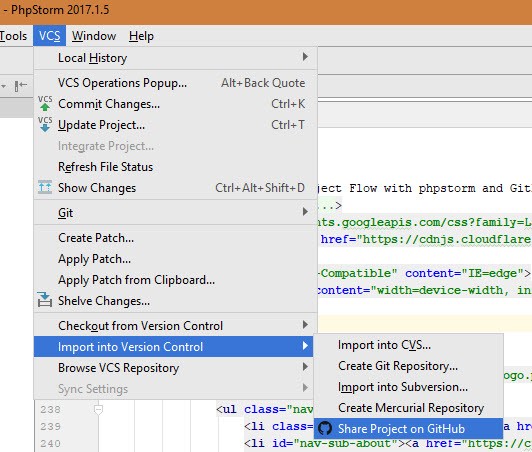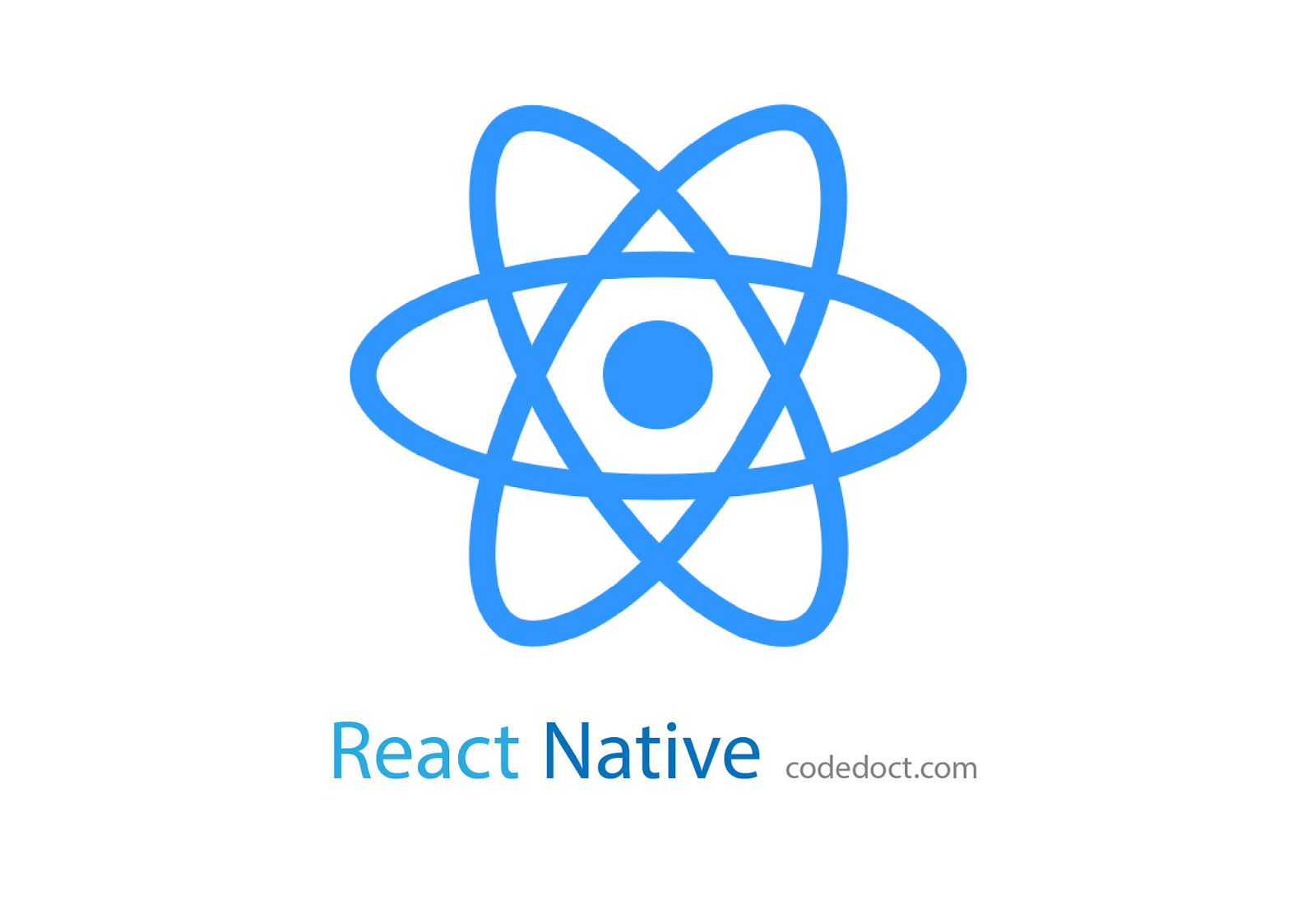
Language translation works similarly to the explain feature: highlight a chunk of code, select the language you’d like to translate that code into, and hit the “Ask Copilot” button. These articles on prompt design and stop sequences are a great place to start if you want to craft your own presets. We’re excited to see what you use this for. The three different “explain” examples showcase strategies that tend to produce useful responses from the model, but this is uncharted territory. Creating these can feel more like an art than a science! Small changes in the formulation of the prompt and stop sequence can produce very different results. You can customize the prompt and stop sequence of a query in order to come up with new applications that use Codex to interpret code. We provide a few preset prompts to get you started: three that explain what a particular block of code does, and another that generates example code for calling a function. A natural way of doing this is to add a build script to your package.Your browser does not support the video tag. Your build command is something you will be running repeatedly, so you will want to automate it. You can read more about the available configuration options in the API documentation. js files instead, you can tell esbuild to allow this using the -loader.js=jsx flag.

While esbuild can be configured, it attempts to have reasonable defaults so that many common situations work automatically. Notice that esbuild also converted JSX syntax to JavaScript without any configuration other than the.

If you run the code using node out.js, you should see something like this: Hello, world! The code is completely self-contained and no longer depends on your node_modules directory. This should have created a file called out.js containing your code and the React library bundled together. \node_modules\.bin\esbuild app.jsx -bundle -outfile=out.js node_modules/.bin/esbuild app.jsx -bundle -outfile=out.js


 0 kommentar(er)
0 kommentar(er)
